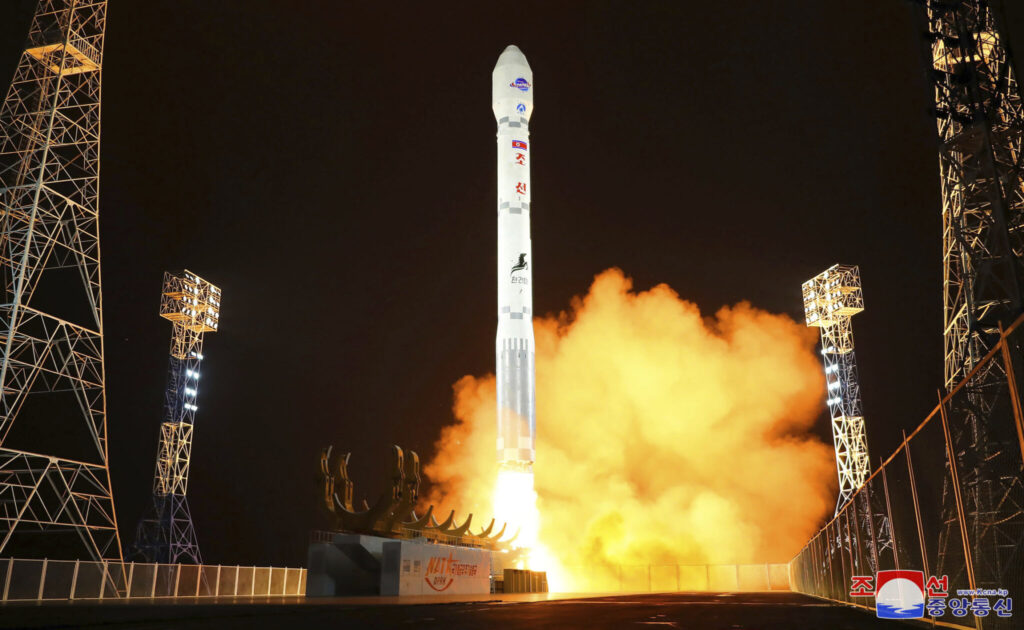North Korea performed a suspected failed missile test on Wednesday night, South Korea’s military said, hours after Seoul said it would resume front-line aerial surveillance in response to the North’s recent spy satellite launch.
Quick Read
- Suspected Failed Missile Test: North Korea reportedly conducted a failed missile test, detected by South Korea’s military.
- Launch Details: The missile was launched from North Korea’s capital region toward eastern waters but is believed to have failed.
- South Korea and U.S. Analysis: South Korean and U.S. authorities are analyzing the launch, with no further details provided.
- Response to North Korean Satellite Launch: The missile test followed South Korea’s decision to resume front-line aerial surveillance in response to North Korea’s spy satellite launch.
- Assessment of North Korean Satellite: South Korea’s military believes the North Korean spy satellite entered orbit, but its operational capacity is still under verification.
- International Skepticism: There are doubts about the satellite’s capabilities for meaningful military reconnaissance.
- Condemnation by U.S. and Allies: The United States and its allies strongly condemned the satellite launch, suspecting it as a guise for missile technology advancement and surveillance system establishment.
- U.N. Security Council Resolutions: The satellite launch violates U.N. Security Council resolutions that prohibit North Korea from such activities.
- South Korea’s Policy Shift: South Korea partially suspended a 2018 inter-Korean agreement to restart aerial surveillance of North Korea.
- 2018 Inter-Korean Agreement: The agreement, reached during a period of reconciliation, created buffer zones and restricted military activities along the border.
- Criticism of the 2018 Agreement: The agreement has been criticized for hindering South Korea’s surveillance capabilities while North Korea continued to develop its nuclear arsenal.
- North Korea’s Weapons Modernization: Since the breakdown of nuclear diplomacy with the U.S. in 2019, North Korea has intensified missile tests to advance its weapons arsenal.
- Kim Jong Un’s Involvement: North Korean leader Kim Jong Un observed the satellite launch and was briefed about its planned reconnaissance mission.
- Claims of U.S. Military Surveillance: North Korea claimed the satellite captured images of U.S. military sites in Guam, although these claims remain unverified.
- Alleged Russian Support: South Korean officials suggested North Korea might be receiving Russian technological support for its satellite program.
- Accusations of Arms Shipments: The U.S. and South Korea accuse North Korea of supplying arms to Russia for the Ukraine war in exchange for technology, claims denied by both North Korea and Russia.
- Strategic Goals of North Korea: Kim Jong Un aims to use his expanding arsenal for sanctions relief and other concessions, with diplomacy as a potential future avenue.
- Limited Satellite Capabilities: Experts believe North Korea’s satellite may only detect large targets, but multiple satellites could allow continuous observation of South Korea.
The Associated Press has the story:
North Korea fires a missile toward sea a day after it launched a spy satellite
Newslooks- SEOUL, South Korea (AP)
North Korea performed a suspected failed missile test on Wednesday night, South Korea’s military said, hours after Seoul said it would resume front-line aerial surveillance in response to the North’s recent spy satellite launch.
South Korea’s Joint Chiefs of Staff said in a brief statement it detected the missile launch from the North’s capital region. It said the missile was fired toward the North’s eastern waters but that the launch was believed to have ended in failure.
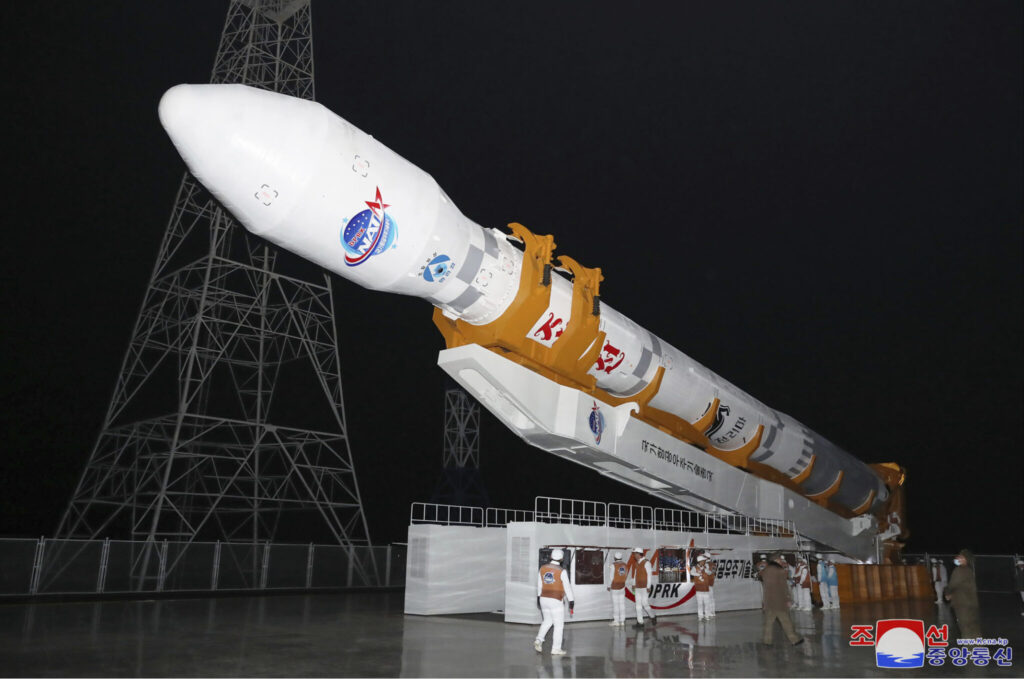
The Joint Chiefs of Staff said the South Korean and U.S. authorities are analyzing the North Korean launch but gave no further details.
The North Korean launch — its first weapons firing in more than two months — came hours after South Korea announced it decided to partially suspend an inter-Korean agreement and restart front-line aerial surveillance of North Korea.
The North’s neighbors are trying to confirm whether the launch on Tuesday evening was successful and the satellite can perform reconnaissance functions.
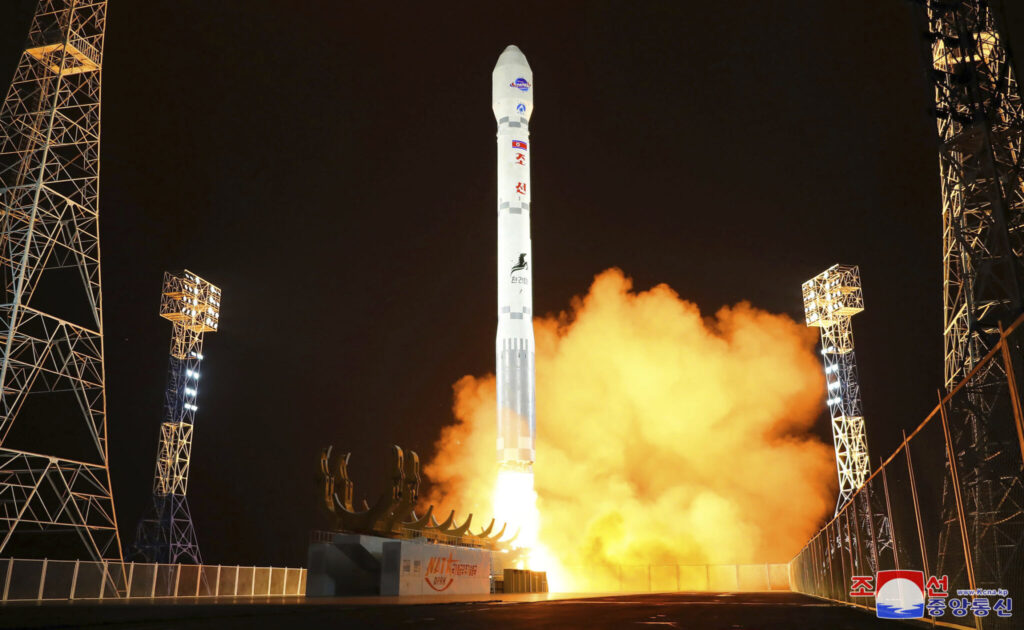
South Korea’s military said it assessed that the North Korean spy satellite had entered orbit as the North claimed. But it said it needs more time to verify whether it works. Earlier, the Pentagon said it was assessing the success of the launch, while Japan stated there had been no confirmation of the North’s report on the satellite entering orbit.
North Korea’s state media claimed the spy satellite transmitted imagery showing space views of key military sites in the U.S. Pacific territory of Guam. It didn’t publicize the photos, and many experts remain skeptical about whether the North Korean satellite is advanced enough to conduct meaningful military reconnaissance.
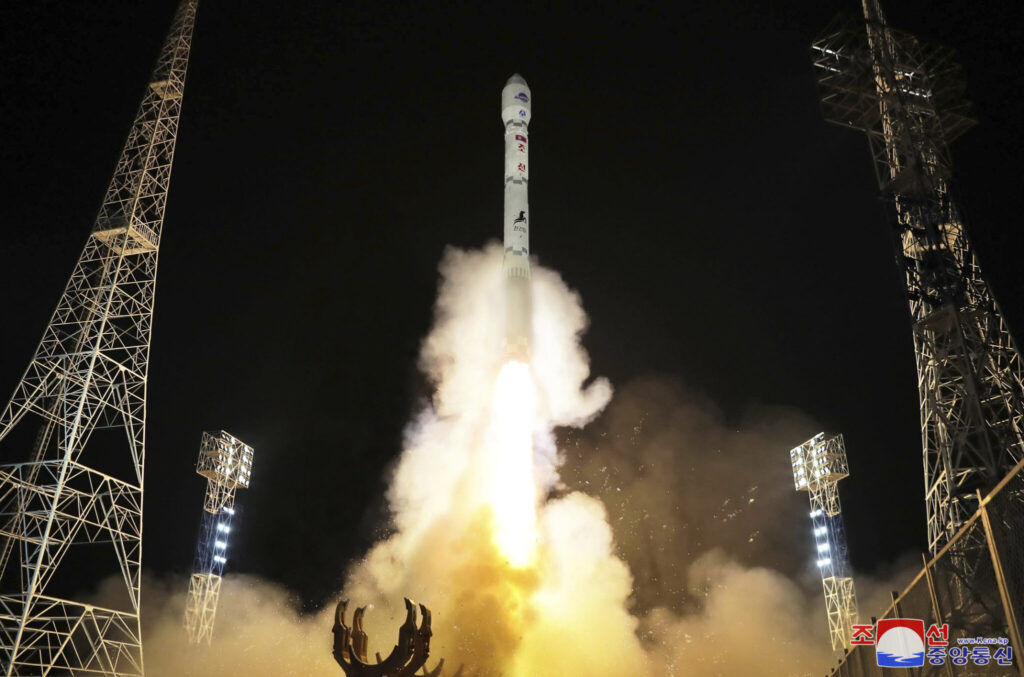
Despite questions about the launch, the United States and its allies strongly condemned it. They believe it was meant to improve the country’s missile technology as well as establish a space-based surveillance system.
North Korea says it has sovereign, legitimate rights to launch spy satellites to cope with what it calls intensifying U.S.-led threats. But U.N. Security Council resolutions prohibit any satellite liftoffs by North Korea, viewing them as covers for testing its long-range missile technology.
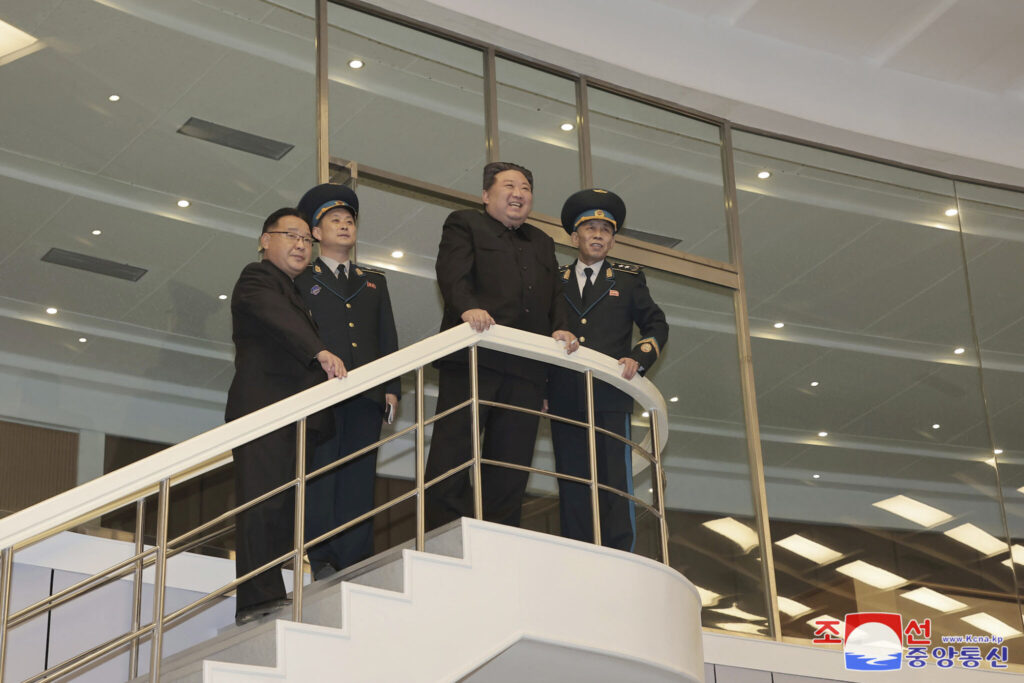
Heo Tae-keun, South Korea’s deputy minister of national defense policy, told a televised briefing that the North’s latest satellite launch was not only a clear violation of the U.N. resolutions but also “a grave provocation that threatens our national security.”
Heo said South Korea decided to respond by partially suspending the 2018 inter-Korean agreement Wednesday and resuming aerial surveillance activities at the border. He added that South Korea will “promptly and strongly punish” North Korea if it uses the South Korean step as a pretext to launch another provocation.
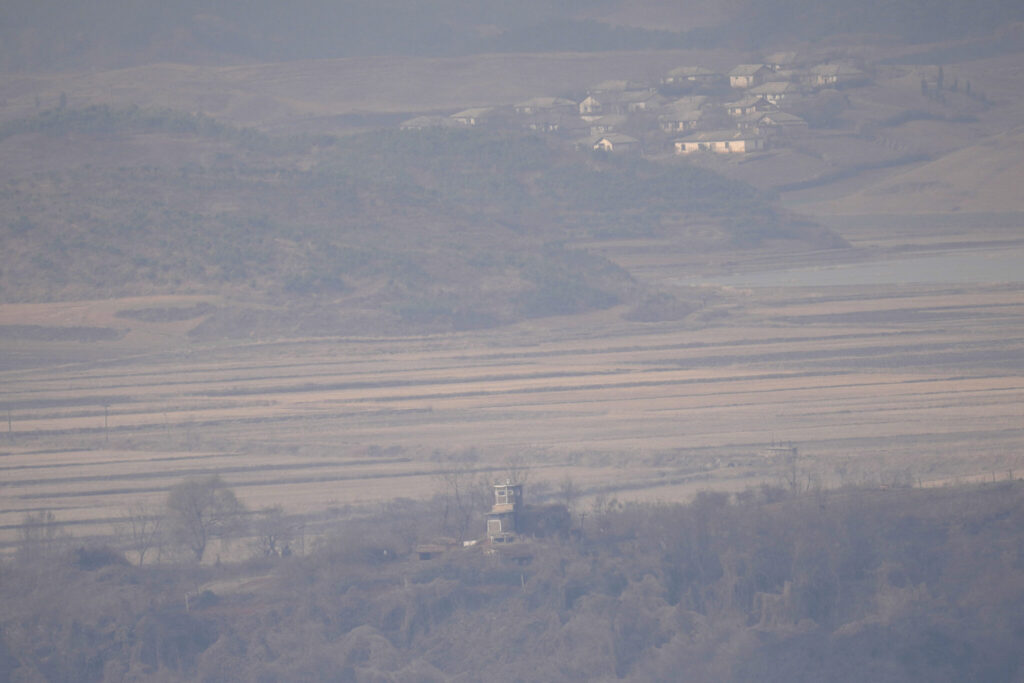
The 2018 agreement, struck during a short-lived era of reconciliation between the rival Koreas, created buffer and no-fly zones along the countries’ heavily fortified border. Under the deal, the Koreas were required to halt front-line aerial reconnaissance and live-fire exercises. They also removed some of their guard posts and land mines at border areas.
The deal invited withering conservative criticism in South Korea with critics saying it significantly restricted the operation of the country’s aerial surveillance assets, which are much more superior to North Korea’s. They also accused the deal of heavily benefiting North Korea, because it only called for mutual reductions of conventional military strength while leaving the North’s growing nuclear arsenal intact. South Korea has no nuclear weapons.
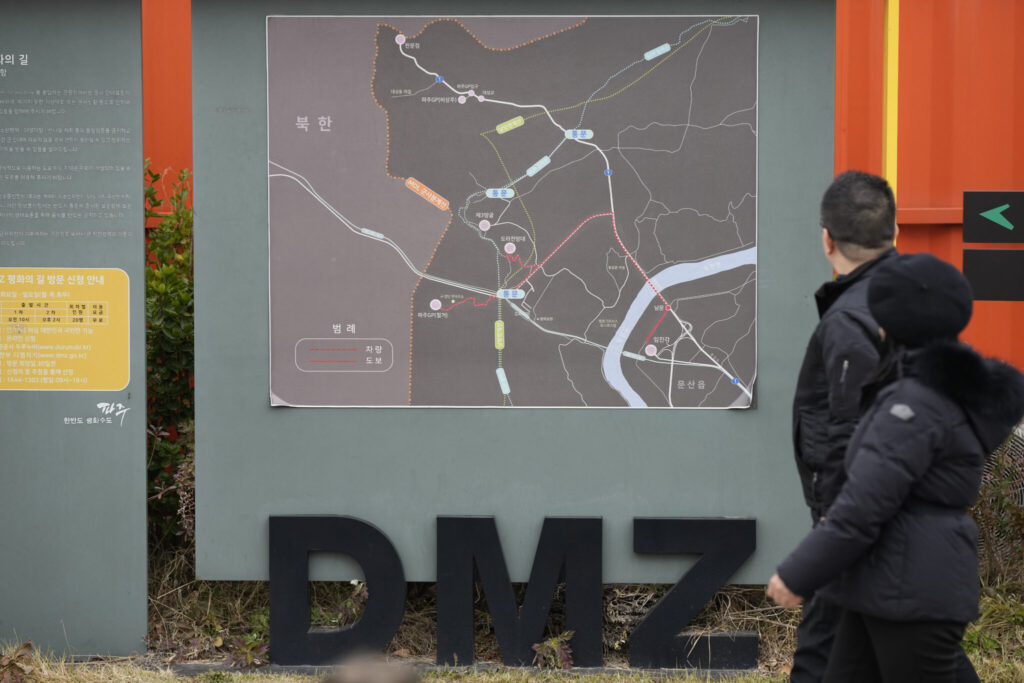
The brief Korean rapprochement period evaporated soon after the collapse of broader nuclear diplomacy between North Korea and the U.S. in 2019. North Korea has since ramped up missile tests to modernize its weapons arsenal, prompting the U.S. and South Korea to expand their defense exercises in response.
When the North’s National Aerospace Technology Administration announced what it called a successful launch of its “Malligyong-1” spy satellite, it said the satellite would help improve the North’s war readiness in the face of “the enemies’ dangerous military moves.” The agency said North Korea will soon launch several more spy satellites to better monitor South Korea and other areas.
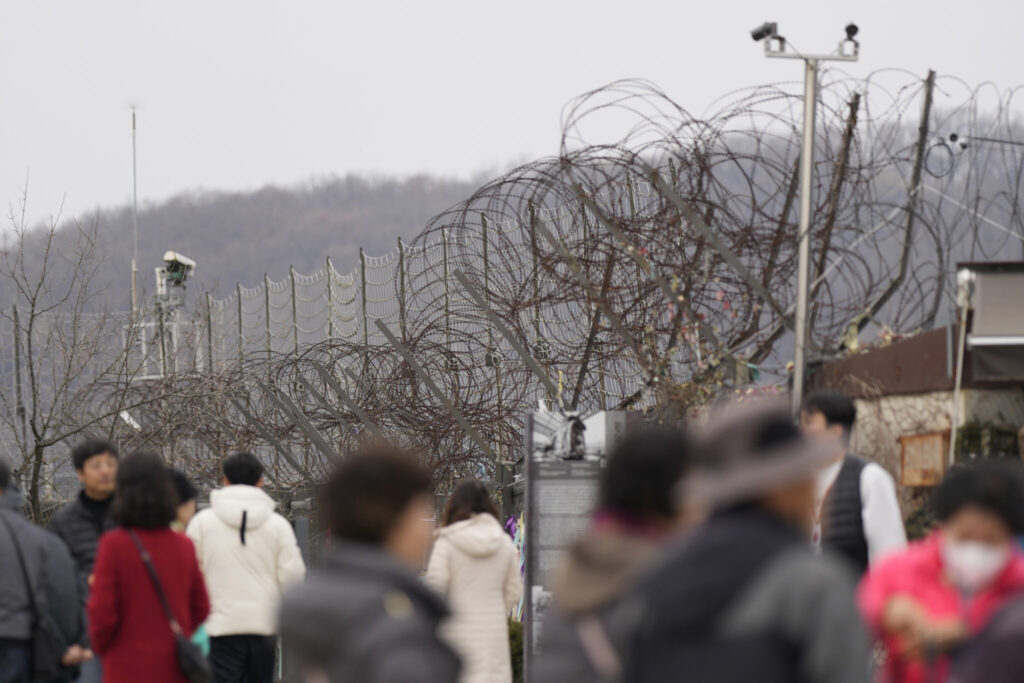
Leader Kim Jong Un watched the satellite launch on site. According to state media, Kim later visited the Pyongyang control center of the North’s space agency, where he was briefed that the Malligyong-1 satellite would officially begin its reconnaissance mission from Dec. 1, following a period of fine-tuning.
At the center, Kim was also presented with the aerospace photos of Anderson Air Force Base, Apra Harbor and other U.S. military facilities in Guam, which were taken Wednesday morning, according to the North’s official Korean Central News Agency.
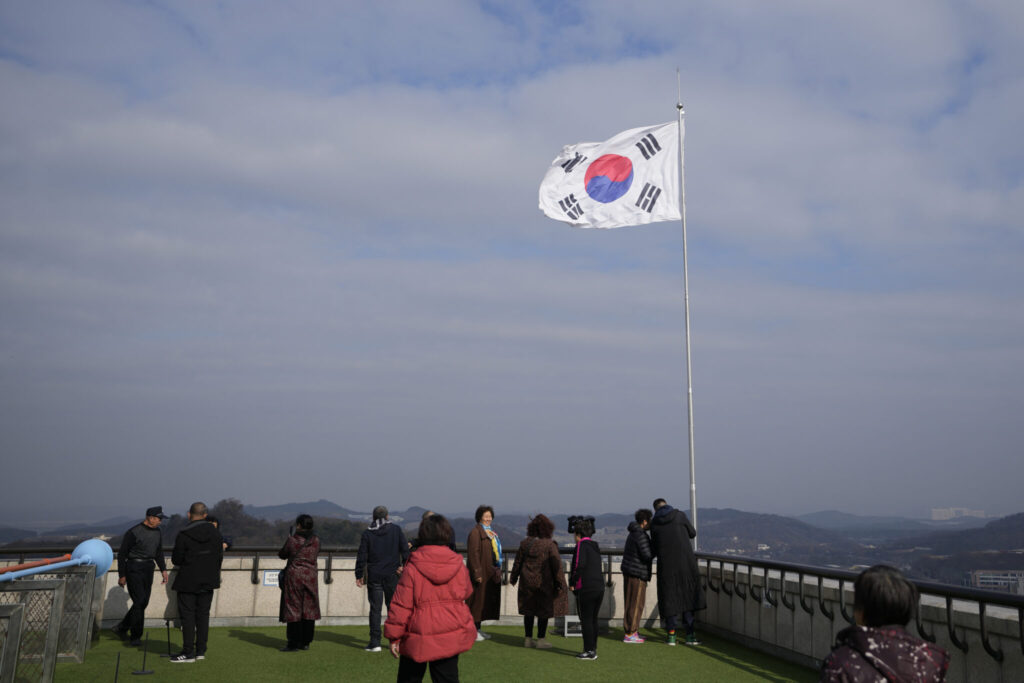
It was not possible to independently confirm those images. Last December, when North Korea released black-and-white satellite photos of South Korean cities following a test launch, many experts said the imagery was too crude for surveillance purposes.
North Korea used the same satellite in its two failed launches in May and August. South Korea’s military retrieved debris from the first launch and assessed at the time the satellite wasn’t sophisticated enough to perform military reconnaissance.
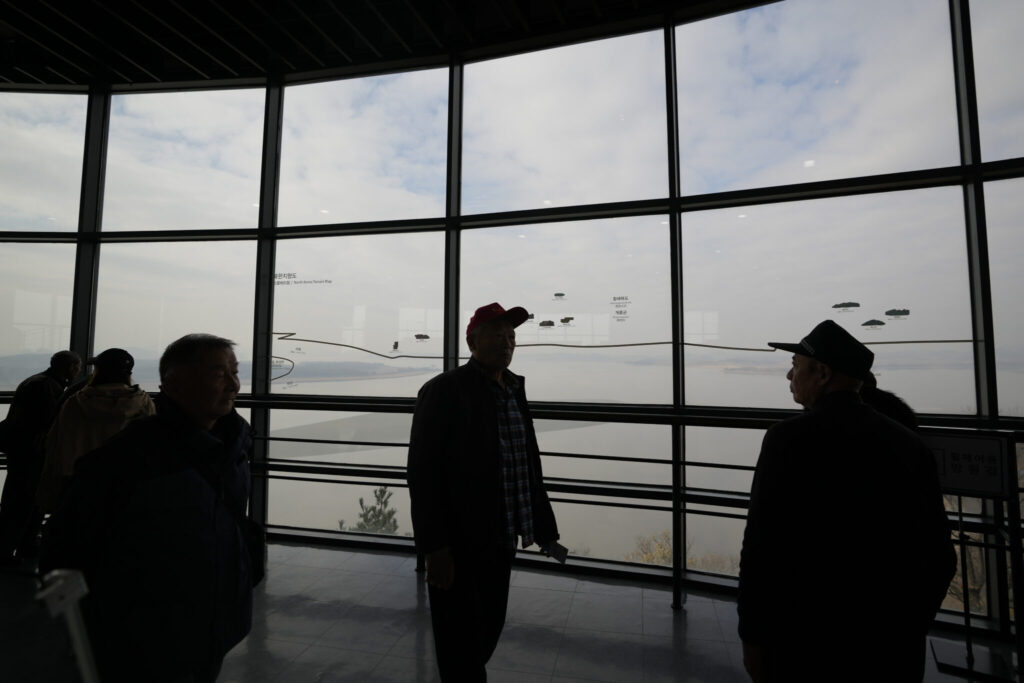
In 2012 and 2016, North Korea placed Earth observation satellites into orbit, but experts say neither has ever transmitted imagery back to North Korea.
Before Tuesday’s launch, South Korean officials said North Korea was likely receiving Russian technological support for its spy satellite launch program as part of the two countries’ pushes to boost their partnerships.
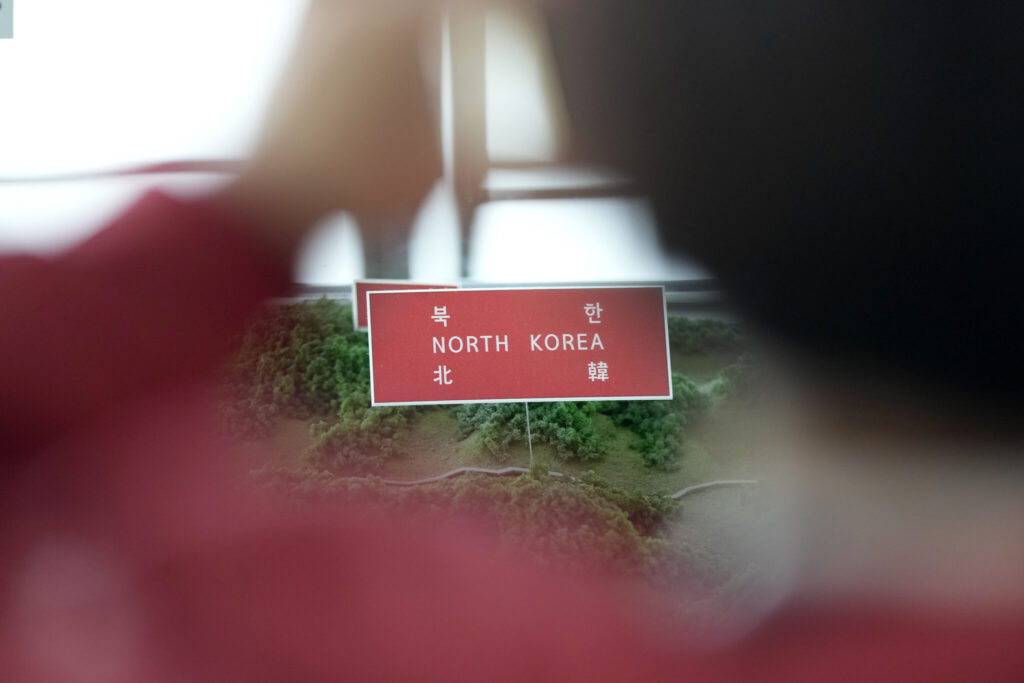
The U.S., South Korea and others accuse North Korea of shipping conventional arms to support Russia’s war in Ukraine in exchange for receiving high-tech Russian technologies to enhance its own military programs. Both North Korea and Russia have denied the accusations.
A spy satellite is among an array of sophisticated weapons systems that Kim wants to introduce. Experts say he would eventually aim to use his enlarged arsenal to win sanctions relief and other concessions from the U.S. when diplomacy resumes.
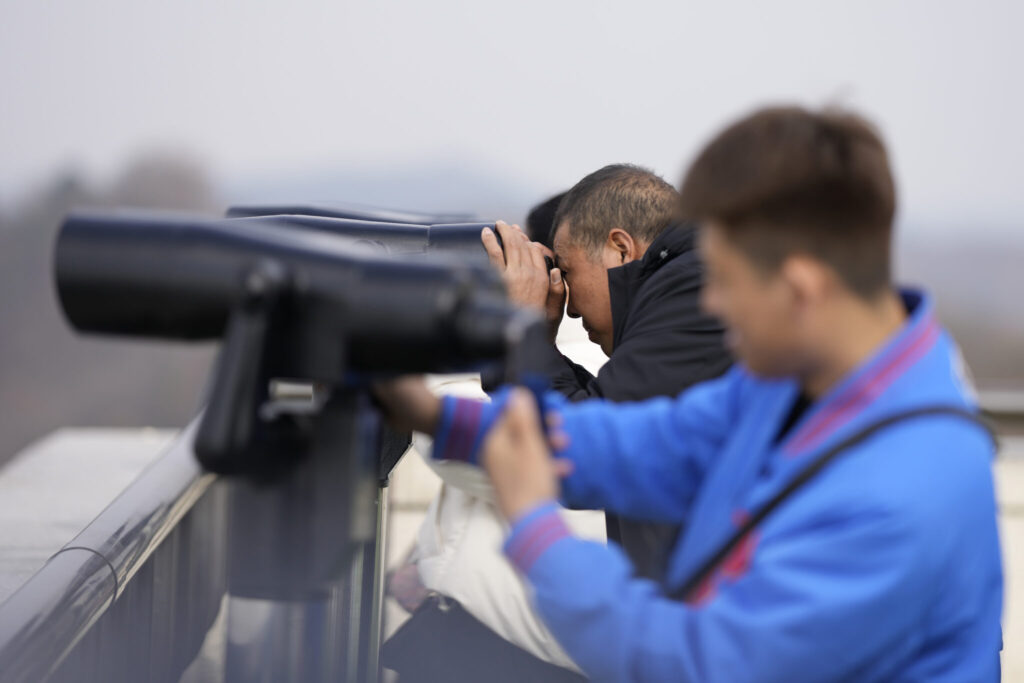
Some civilian experts said North Korea’s Malligyong-1 satellite is likely capable of only detecting big targets like warships or planes. But by operating several such satellites, North Korea could still observe South Korea at all times, they said.

